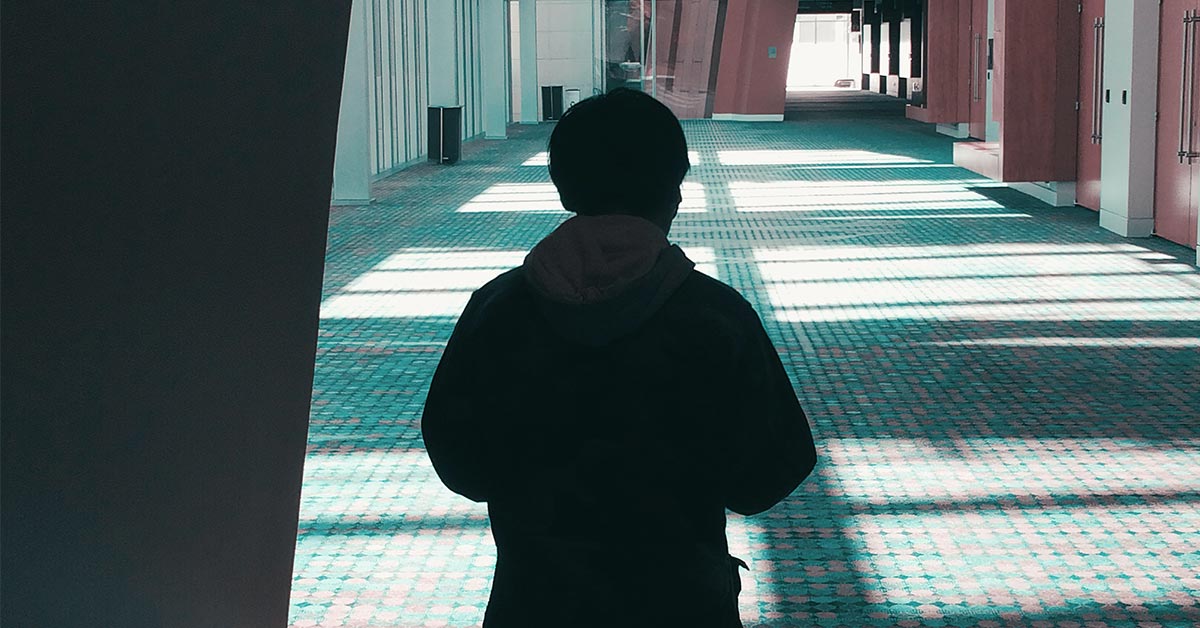Often the first thing that guests and visitors are greeted with in a facility like a retail store or office building is entrance carpet matting. This is because matting helps protect carpet by capturing contaminants that shoes, suitcases and even delivery trolleys track in from the outdoors, like dirt, salt and sand. The use of matting is considered preventative carpet maintenance, the first of four key cornerstones of carpet maintenance. Building service contractors (BSCs) responsible for managing facilities must understand the ins and outs of installing and maintaining matting to ensure these floor coverings remain the first line of defense for clean carpet.
Advantages of Installing Carpet Matting
According to the International Sanitary Supply Association (ISSA), it costs an estimated $600 to capture and remove one pound of soil once it is inside a facility. Today, BSCs are continually being asked to do more with less, making it essential to keep costs down without sacrificing results. One of the best investments a BSC can make is installing walk-off matting in its customers’ facilities.
Carpet mats offer numerous benefits:
- Image – Keeping dirt from making its way onto floors enhances the cleanliness and professional image of a facility. In fact, research shows that dirty carpet can lead to negative word of mouth, shorter facility visits and even lost business. BSCs are entrusted to make facilities look their best, and this includes keeping a close eye on the cleanliness of the carpet.
- Safety – People may accidentally slip and fall on pools of standing water inside building entrances. By installing matting, BSCs can help facilities capture excess liquids during rainy days or snowy winters.
- Cost savings – When dirt is dispersed all around a facility’s floors, it is more time consuming for BSC employees to address every mess. Matting helps to contain soil in one place, which reduces cleaning costs by enhancing productivity. In addition to vacuuming matting to remove dirt, BSCs can routinely remove soiled matting and replace it with freshly laundered matting to keep floors as clean as possible.
It’s important to place carpet matting at all entrances and in other high-traffic areas in facilities where soils or liquids may accumulate. This will help protect carpet by minimizing the transfer of dirt and achieve the other aforementioned benefits. In addition to using matting indoors, some facilities also install heavy duty mats outside of entrances to capture even more dirt.
Selecting the Right Matting for your Needs
Building visitors and occupants track in a lot of dirt, debris and moisture on their shoes. It’s important for BSCs to install the right matting to protect the appearance of carpet and extend its lifespan.
Consider the following tips when selecting matting for your customers’ facilities:
- Ensure quality coverage – Mats should easily accommodate a person’s first five or six footfalls, which carry in 80% of tracked in soil and water. Allow for 9-15 feet of matting inside the entrance and at hard-to-soft transition points for maximum effectiveness. This may seem like a lot of matting, but it’s essential for adequately capturing as much dirt and moisture as possible. Without the right amount of matting, BSCs may hear more frequent complaints and spend more time addressing carpet stains than is necessary.
- Look for scraping features – Mats need to be able to easily remove soil and water from visitors’ shoes before they walk upon carpet. BSCs should look for mats with specific design features, like blades in alternating directions. These rubber blades will move when walked upon to thoroughly scrape contaminants from boots, sneakers and high heels.
- Check the soil and water retention capabilities – In addition to removing dirt and water from shoes, a great mat will also sufficiently trap this debris and liquid to keep it from seeping out onto the surrounding floors. BSCs should stock mats with bi-level construction. This means the product has an upper surface for walking and a lower compartment that holds soil and water until it is ready to be removed. Deep channels will prevent water from spreading to the surrounding floor, where it can lead to safety hazards.
- Find a slip-resistant mat – Mats should never create safety risks by sliding out of place. Install slip resistant mats that won’t move when walked upon, even when the facility experiences high volumes of foot traffic. Consider a heavy-duty mat with a rubber backing that will stay in place to protect visitors and the flooring beyond building entrances.
BSCs responsible for carpet care will want to reduce the risk of stains and spots whenever possible. However, it’s impossible for these service providers to be on-site at the same customer location 24/7. If installed and maintained properly, matting can be carpet’s savior. It not only captures soil; it removes and traps moisture that makes carpet appear dirty. Even when BSC employees aren’t present, matting can be trusted to keep carpet clean..

